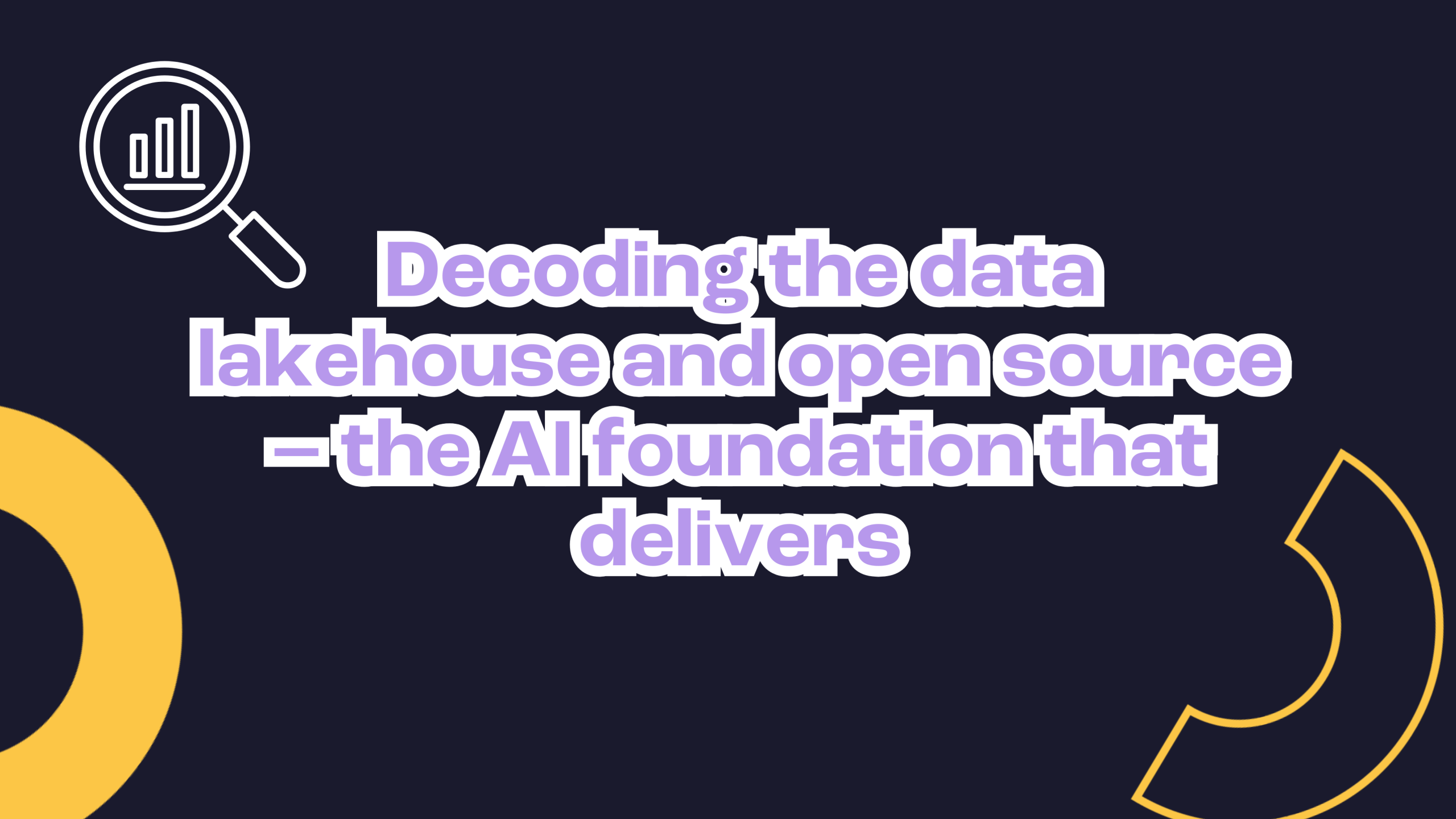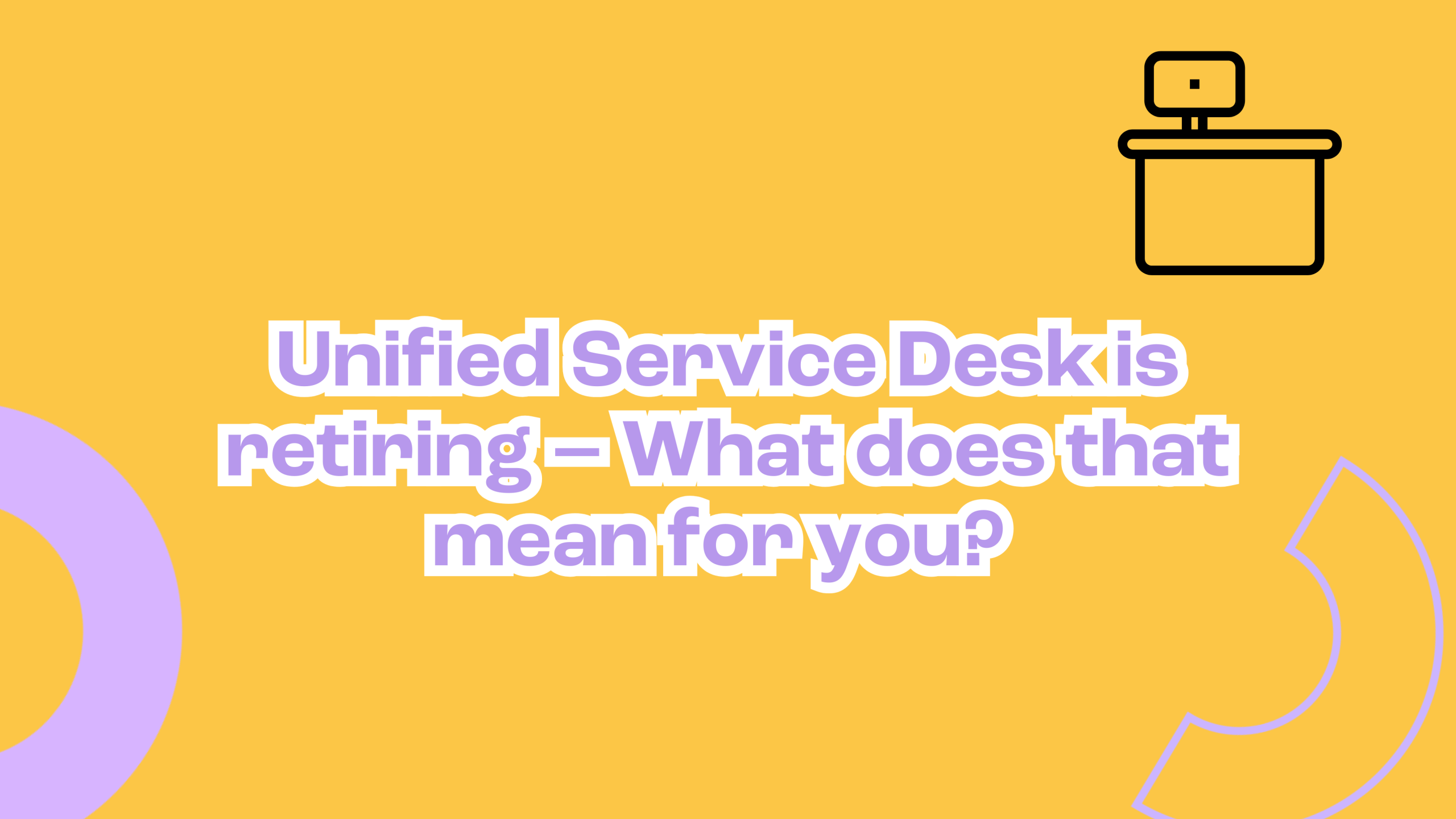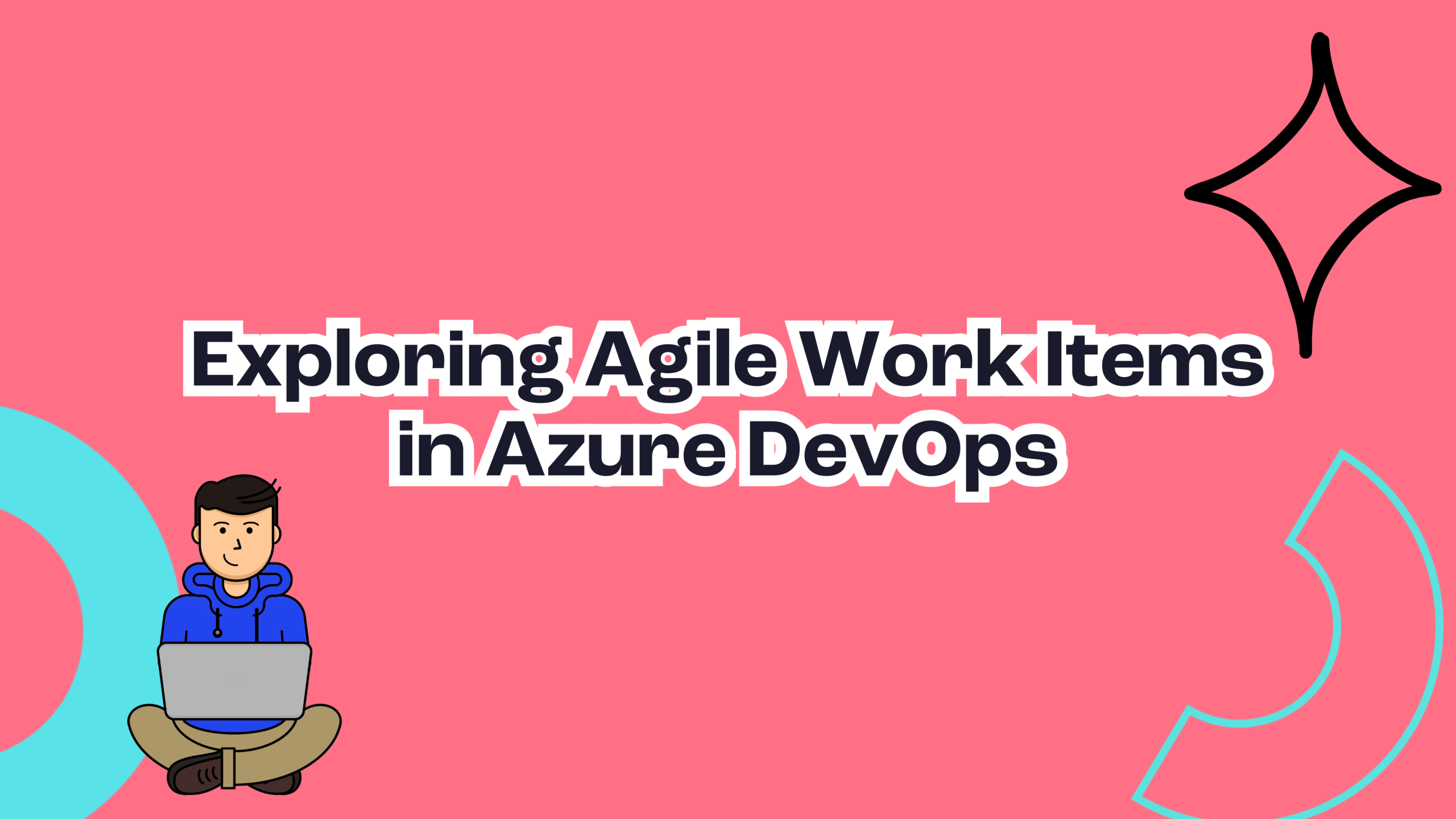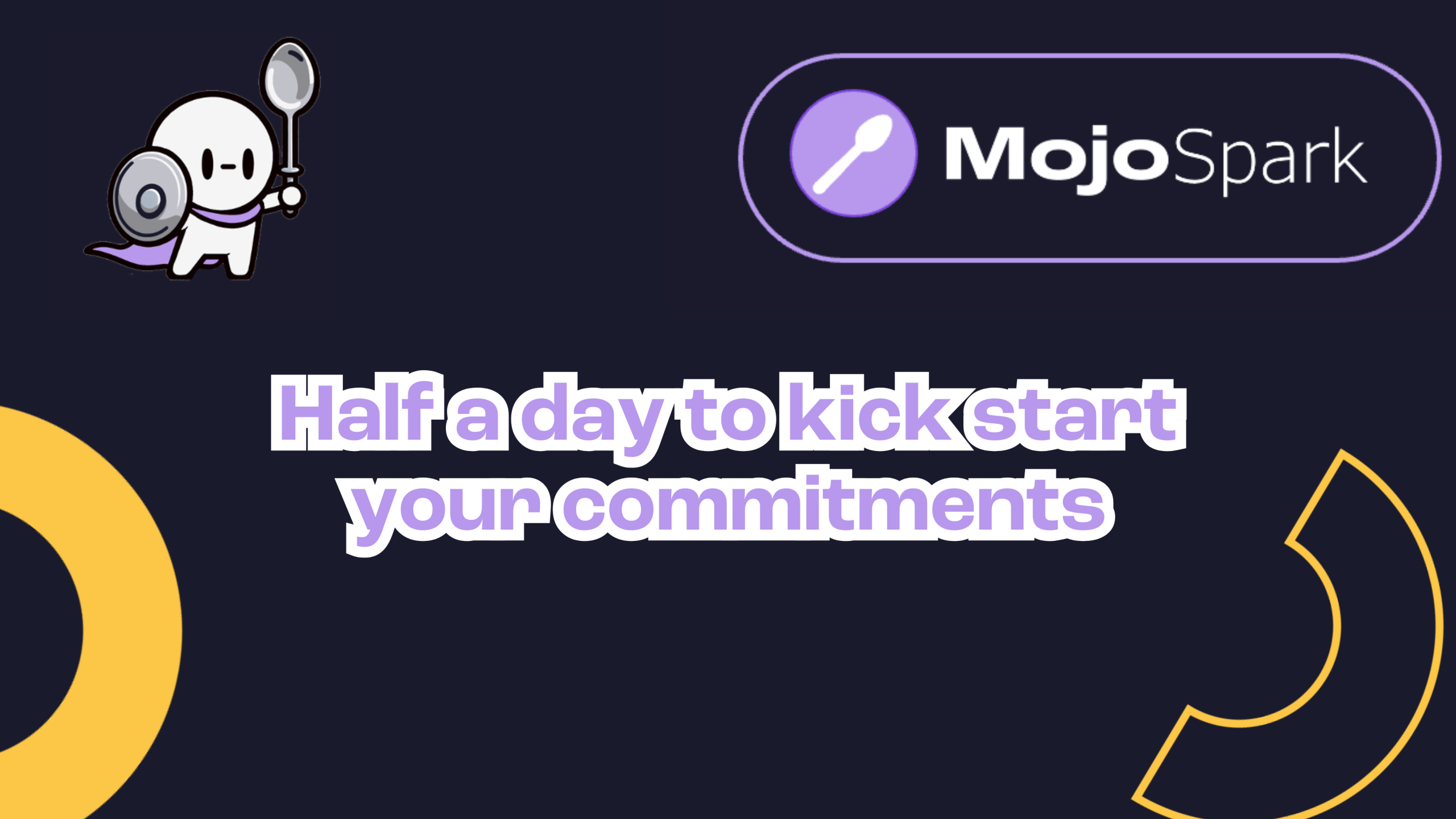The narrative for most of what you’ll read about Microsoft retiring Project Online in 2026 sounds the same: act now, time is running out, don’t get caught unprepared.
Enough of the sinking ship memes! Here’s what you really need to know.
The facts?
Yes, Microsoft Project Online is retiring; however, we’re all about the opportunity this brings to do things smarter and drive efficiency into PMOs.
For decision makers, the real opportunity is to envision and build a future-proofed, agile, AI-enabled, outcome-driven future for your PMO.
The milestones
October 2025 – End of sales
After this date, Microsoft will stop selling Project Online licences to new customers.
Customers: If you’re already using Project Online, nothing changes immediately. But you won’t be able to add new standalone Project Online subscriptions. Any expansion of your environment will need to be planned differently.
April 2026 – Workflow support ends
Project Online relies heavily on legacy SharePoint 2013 workflows. From April 2026, Microsoft will stop supporting those workflows.
Customers: If your PMO depends on stage/gate approvals, custom workflows, or automated project governance built on this technology, those processes could fail months before Project Online itself retires.
This is the “hidden deadline” decision makers cannot afford to miss.
30 September 2026 – Full retirement
This is the hard stop. Project Online will no longer be available or supported after this date.
Customers: Any projects, resource pools, or historical data still in the system will be inaccessible. If you haven’t migrated by then, you face real risks of data loss, reporting gaps, and business disruption.
The bottom line?
These dates are more than technical milestones; they are decision points and should be used as markers for planning a structured transition.
October 2025 is the last chance to expand in the old model, April 2026 is when workflows start breaking, and September 2026 is when the lights go out completely.
A quick note on Microsoft’s replacement path:
What was once called Project for the web has now been consolidated into Planner Premium. This is Microsoft’s primary cloud-based project management solution, combining the simplicity of Planner with advanced features like dependencies, baselines, and portfolio visibility.
For many organisations, Planner Premium will become the natural successor to Project Online.
Why Microsoft is moving on
The decision isn’t arbitrary. Project Online is built on legacy architecture that limits Microsoft’s ability to deliver modern, AI-powered, and integrated experiences. The shift is part of a bigger strategy: consolidating project management into tools like Planner Premium, Project Server Subscription Edition, Dynamics 365 Project Operations, and the Power Platform.
In Microsoft’s words, it’s about making project management more intuitive, collaborative, and deeply integrated across Microsoft 365.
The risk of doing nothing
Yes, there are risks if you do nothing:
- Data and workflows left stranded after September 2026
- Compliance or reporting gaps as legacy workflows degrade
- Rising costs of maintaining an ageing platform
- Missed opportunities to move faster as competitors move to AI-enabled project management
The biggest risk of all? Focusing on what you’re losing rather than what you have to gain.
The Opportunity: Reimagining the PMO
Imagine a PMO that:
- Uses AI to forecast project risks before they materialise
- Surfaces real-time portfolio insights directly in Power BI
- Embeds project plans inside Microsoft Teams so collaboration and execution happen in the same place
- Standardises governance without the heavy customisation that bogged down legacy tools
This isn’t theoretical. We’ve seen and supported government departments and private enterprises already using these modern platforms to streamline reporting, improve agility, and strengthen executive decision-making to get ahead.
The end of Project Online is not a cliff edge. It is a launchpad.
How Mojo Soup sees it differently
Many blogs stop at tools and timelines. We start with outcomes.
At Mojo Soup, PPM is in our DNA. It is where we began. We’ve helped both government organisations and private companies navigate complex project environments and come out stronger. What sets us apart is our human-centric, outcome-first approach.
We don’t just move your data into a new system. We help you redefine how your PMO delivers value. We ensure your technology, processes, and people are aligned to the outcomes that matter most.
What can you do today?
- Communicate early – set expectations, reduce fear, and frame the change as progress.
- Assess your current portfolio – understand what’s working, what’s not, and what’s critical to carry forward.
- Explore your options – Planner Premium, Project Server, Power platform, Dynamics 365, or hybrid approaches.
- Develop a roadmap – set milestones tied to business outcomes, not just technical cut-over dates.
- Engage expertise – don’t try to solve this in isolation. Partner with those who’ve done it before.
- Prioritise adoption – train, support, and empower teams so the shift is embraced, not resisted.
From fear to future-ready
The retirement of Project Online is a milestone, but it doesn’t need to be a disruption. Handled well, it is a rare chance to simplify, modernise, and strengthen how your organisation delivers on strategy.
At Mojo Soup, we’re doing this for businesses like yours right now, helping PMOs become next generation through reinvention with new tools, new levels of engagement, and absolute clarity of purpose and vision.
Let’s take the conversation from retirement to reinvention today!
Get in touch with our team to learn more.




